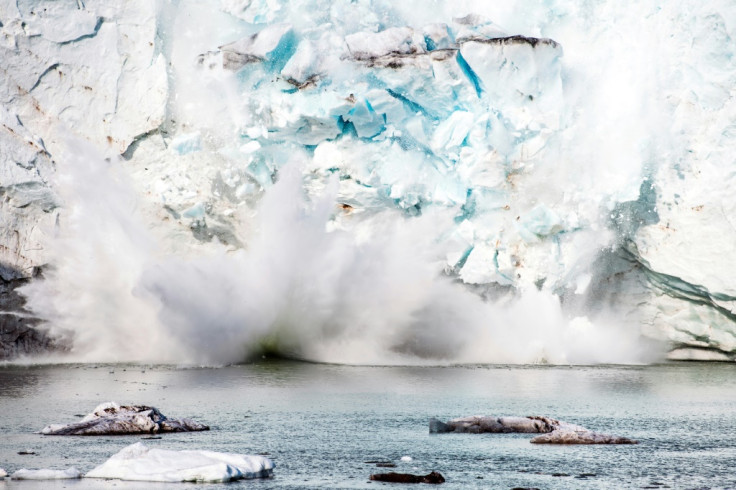Scientists discover unidentified life forms in impossible conditions 900m below surface
When the scientists lowered the camera down the hole, they saw signs of sea life in a place which should have none.
There is life deep beneath the surface of the Antarctic ice sheet. This is what scientists have now established when they drilled through a 900-meter thick ice shelf and lowered a camera that captured footage of teeming life that should not have been there.
In a report published in NewScientist, the researchers said this is the first time that an expedition like this discovered the existence of creatures like sponges and 22 other unidentified living beings, which could include barnacles, underneath an Antarctic ice sheet.
Like many other great scientific discoveries, scientists stumbled upon these creatures by accident. Led by James Smith, a marine geologist, and Paul Anker, a drilling engineer and marine technician, both with the British Antarctic Survey, the scientific team drilled a hole 900 meters deep to study mud on the seabed beneath the Filchner-Ronne ice shelf. When they lowered the camera down the hole, they saw signs of sea life in a place where there should have been none. The scientists published their discovery in Frontiers in Marine Science.
According to the scientists, their accidental discovery of life deep below an ice shelf defies the general understanding of how organisms exist in areas not reached by sunlight. According to Huw Griffiths, a marine biogeographer at the British Antarctic Survey, there are several reasons why the creatures should not be there. Among these reasons is the fact that the creatures, which Griffiths believe live on nutrients in -2°C water, are far from nutrient sources. The area where scientists found the creatures is 260 kilometers away from the open water adjacent to the Filchner-Ronne ice shelf, where photosynthetic organisms thrive.
Griffiths also noted that the food that the sponges survive on is probably drifting on an even farther location. He said that based on what scientists know about Antarctic water currents, the nearest sunlight source is around 600 kilometers away.
The research team has yet to establish whether the creatures are an entirely new species, how long they survive, and how frequently they feed. Griffiths explained past studies of known Antarctic glass sponges found them to be over 10,000 years old and that some of them feed once a year, others once in ten years, or even a century. The marine biogeographer also said that their discovery is momentous as it shows life exists which could be more adaptable and diverse than previously believed, even in the harshest environment of Antarctica.
Griffiths said that what they have discovered is not a type of graveyard where only a few things cling on. "It's more complicated than we thought," the marine biogeographer said. He notes, however, that the species they found may find it hard to cope with swift changes in their habitat as ice sheets begin to collapse in a rapidly warming world.
© Copyright IBTimes 2025. All rights reserved.






















